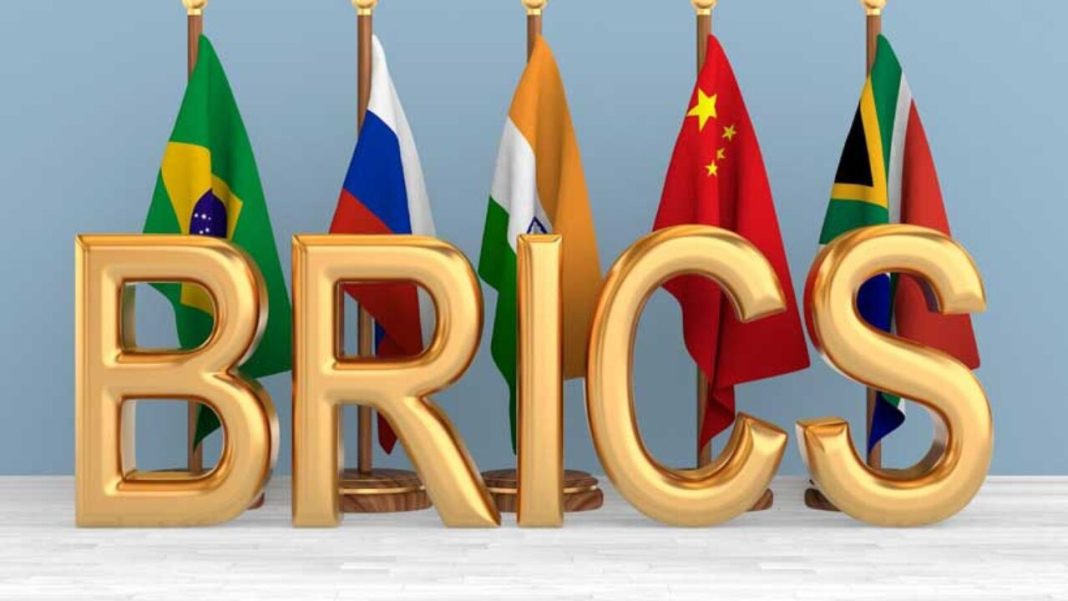DM Monitoring
MOSCOW: The southwestern Russian city of Kazan is all set to host the 16th summit of BRICS, an emerging economic bloc founded by Brazil, Russia, India, China, and South Africa. Russian presidential aide Yury Ushakov has said that 32 countries have confirmed their participation in the meeting, scheduled to be held from Oct 22 to 24. Of them, 24 states will be represented by their heads and eight by their senior officials.
The summit’s theme, “strengthening multilateralism for just global development and security,” evinces the growing alienation of the Global South with the US-led international political and financial systems that purportedly protect and promote the ‘exorbitant privileges’ enjoyed by Western nations in a unipolar world.
The Kazan summit is garnering special attention because participants would formally embrace four new members: Egypt, Ethiopia, Iran, and the United Arab Emirates. Saudi Arabia, which has also been invited, is yet to decide on joining. The summiteers will also consider applications of another 34 states that are seeking either a full membership or cooperation in some other forms. Notable among them are NATO ally Turkiye, Pakistan, Kazakhstan, Indonesia, Thailand, Venezuela, Cuba, and Nigeria.
The growing allure of BRICS is concerning for the West due to the huge collective economic potential of its member states. The nine BRICS nations make up 28.3% of the world’s land area and 44.6% of its population. In 2023, their combined GDP was $29 trillion, representing 27.4% of the global economy.
In comparison, the Group of Seven (G7), which includes the world’s largest developed economies — France, Germany, Italy, Japan, the US, the UK, and Canada — has a collective GDP of $45.92 trillion, accounting for 43% of the global economy.
However, when adjusted for purchasing power parity, BRICS’s GDP goes beyond $65.7 trillion, or 35.43% of the world’s GDP, while G7’s GDP drops to $55.02 trillion, or 29.63% of the global economy. Russian President Vladimir Putin recently said that the BRICS nations are “the drivers of the global economic growth. It is within BRICS that the main increase in global GDP will be generated in the foreseeable future.”
More importantly, the BRICS Plus nations are now collectively in a dominant position in terms of raw material reserves. With Iran and the UAE on board and Saudi Arabia in the queue, BRICS would account for 43% of global oil production and a huge share of global oil deposits. Similarly, almost 40% of reserves of the rare earth required for manufacturing batteries for electric vehicles, power storage systems, and microelectronics are in China’s control.
Critics argue that BRICS has struggled to harness the economic potential of its members, as it couldn’t offer viable systemic alternatives to the West-dominated financial and political systems. This criticism may hold true but supporters contend that BRICS is work in progress as international alliances and groupings often operate at a slow pace. Nonetheless BRICS has made some modest achievements in a short span of time.
Of these, the most significant is the creation of the New Development Bank, or “BRICS bank”, a multilateral development bank with $50 billion in subscribed capital to finance infrastructure and climate-related projects in developing countries.
Since its inception in 2015, the bank has disbursed more than $30 billion in loans so far. BRICS foreign ministers agreed earlier this year to develop the NDB into a new type of Multilateral Development Bank of the 21st century. The bloc has also set up a $100 billion Contingency Reserve Arrangement, a foreign currency liquidity designed to support its members during global financial crises.


